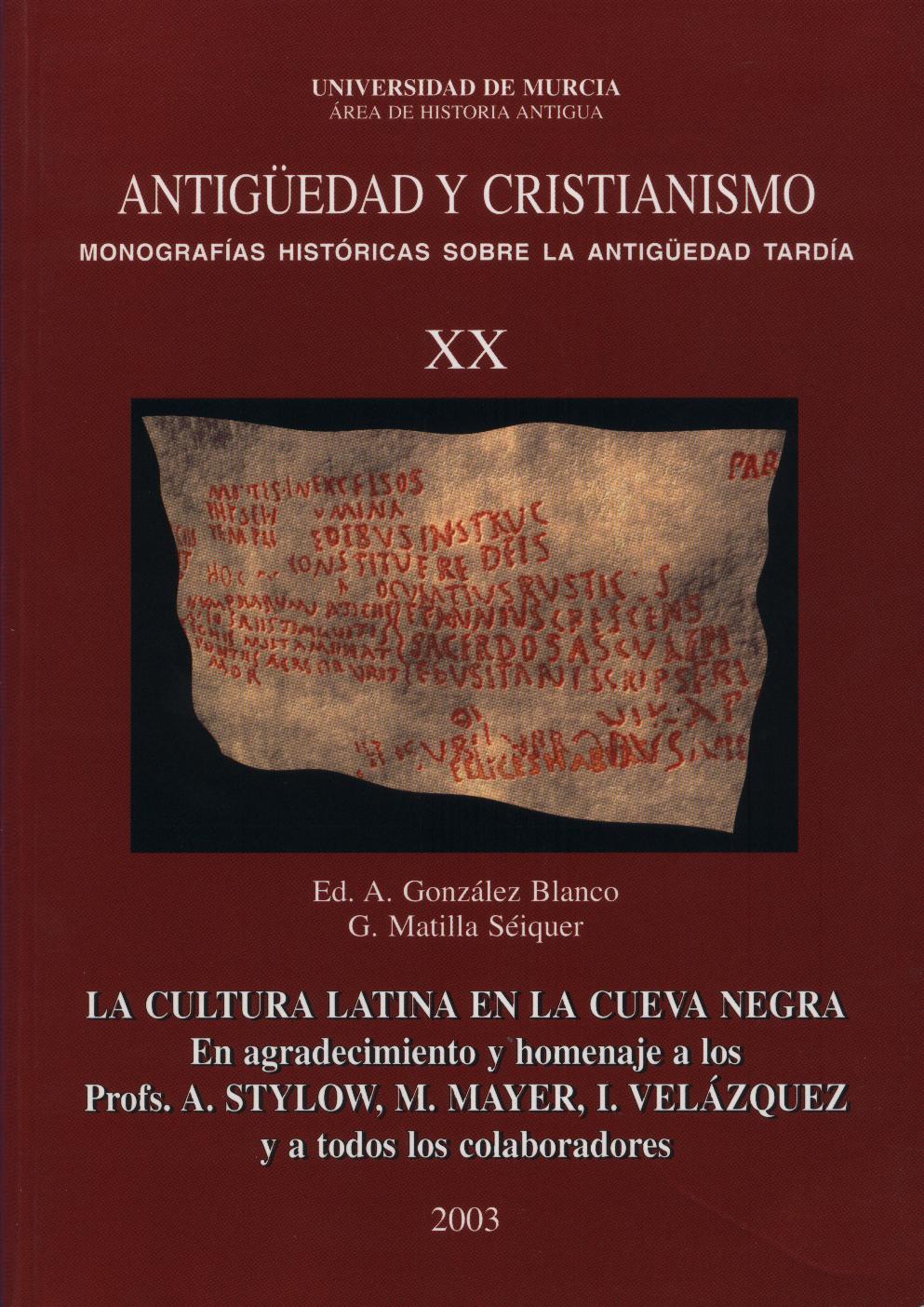Tierra, cielo e inspiración: una lectura de tres pasajes de la Cueva Negra
Abstract
The actual reading of the inscriptions in the Cueva Negra now allows their interpretation in relation to other texts, however admitting the possibility of errors in the fi rst transmission or copy. The texts 14 and 30 are commemorative-descriptive. In the fi rst the equinoctial orientation of the Cave is highlighted in its consecration, and in the second, the cheerfulness and salubrity of its waters, and the author congratulates and joyfully greets the Sodales. He signs with his poetic name, Heliconio, the same as Caonio, that heads another poem (III/1). These are based on epithets of the great heavenly gods Apollo and Jupiter (in Dodona), inspirers of the poets that compete in the Bucólica III of Virgil.
Downloads
-
Abstract211
-
PDF (Español (España))85
1. The authors non-exclusively assign the exploitation rights (reproduction, distribution, communication and transformation) to the magazine.
2. The works published in this magazine are subject to the Attribution-ShareAlike 4.0 International license (CC By SA 4.0). Therefore, they can be copied, used, disseminated, transmitted and publicly displayed, provided that:
i) the authorship and the original source of its publication (journal, editorial and URL of the work) are cited, thus allowing its recognition.
ii) it is allowed to remix, transform or create from the material while maintaining the same license as the original.
Note: Articles prior to 2022 incorrectly display the CC by SA license in the abstract page. They are under a CC by NC ND license as embedded in the article pdfs. Articles published in 2022 and after are under the CC by SA license.

3. Self-archiving conditions. Authors are allowed and encouraged to electronically disseminate the pre-print (version before being evaluated) and/or post-print (version evaluated and accepted for publication) versions of their works before publication, as it favors their publication. Earlier circulation and diffusion and with it a possible increase in its citation and reach among the academic community. Color RoMEO: verde.
























